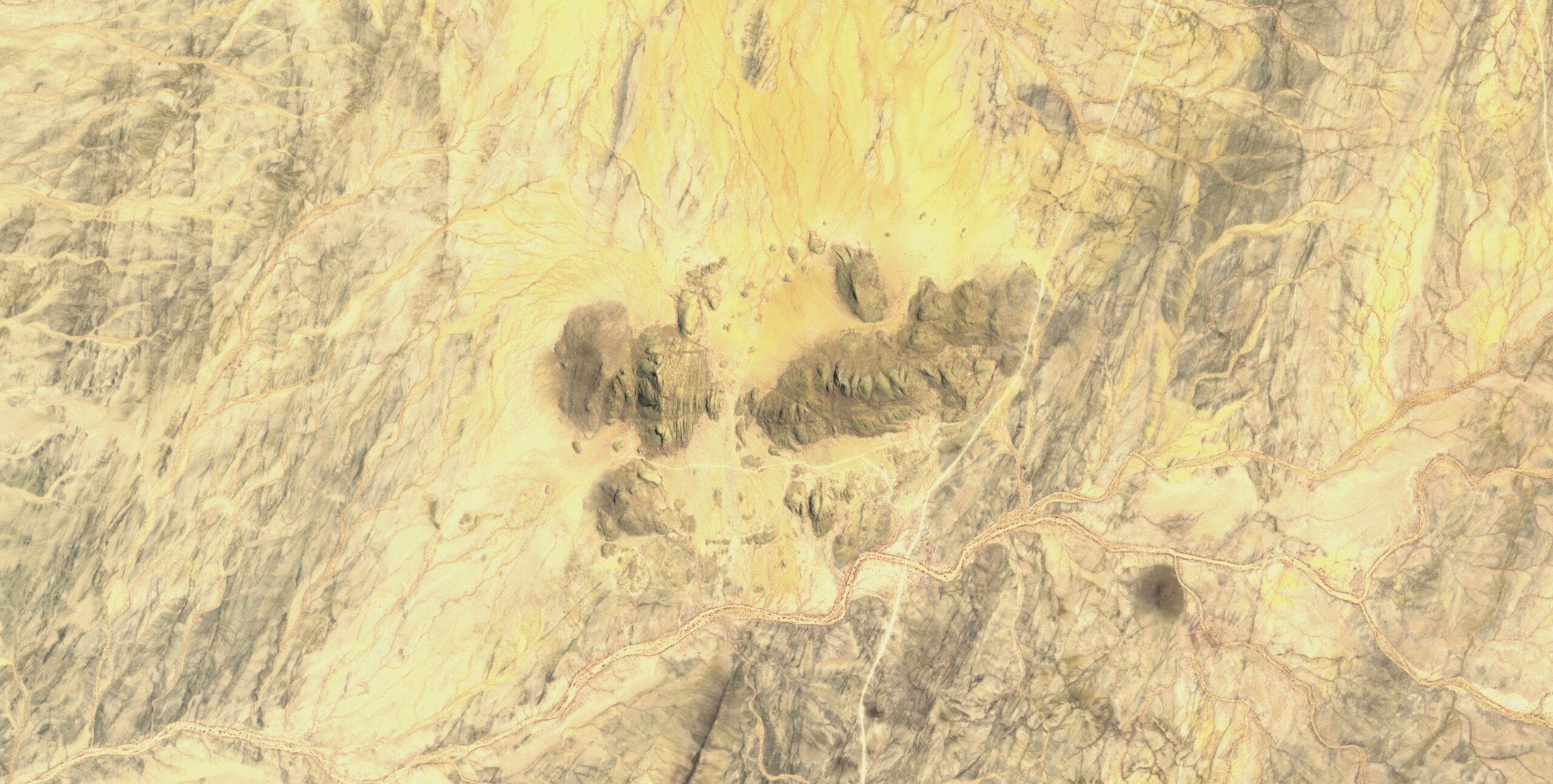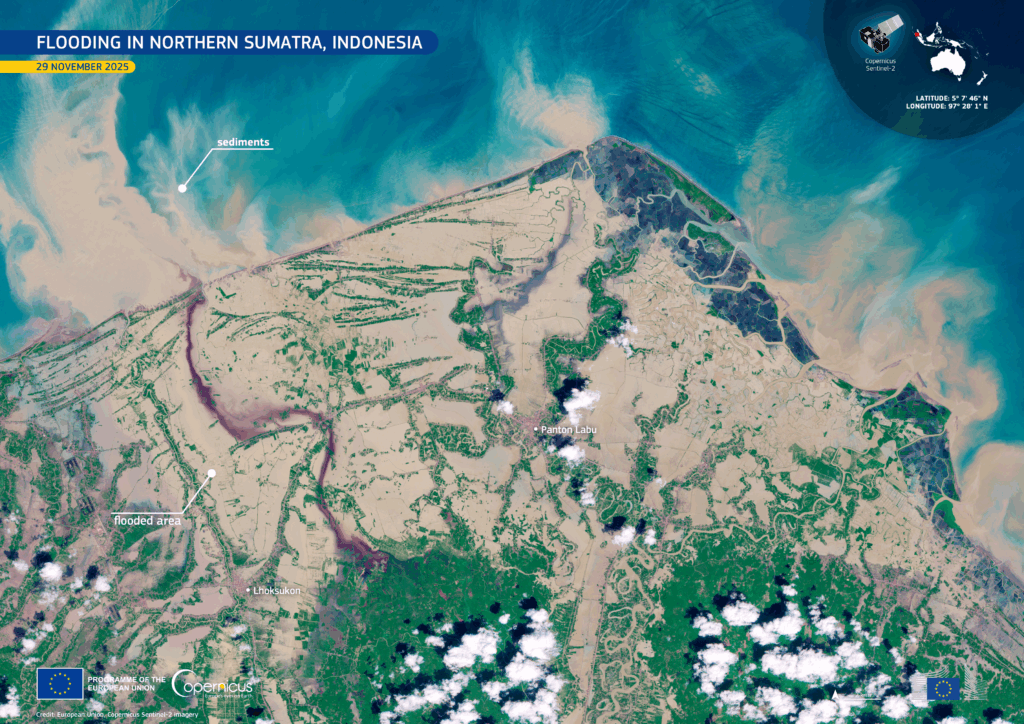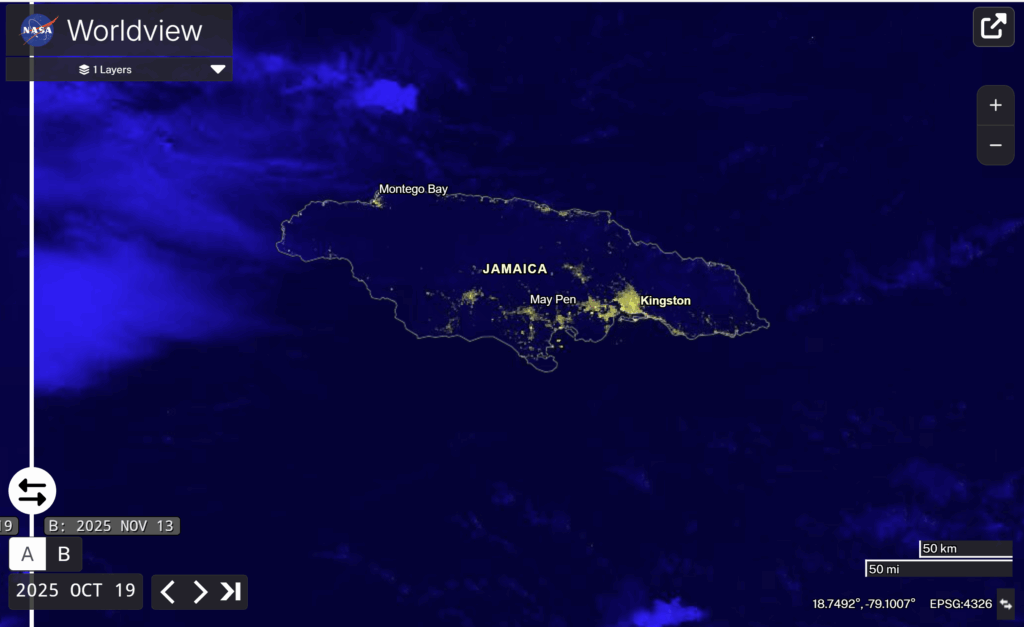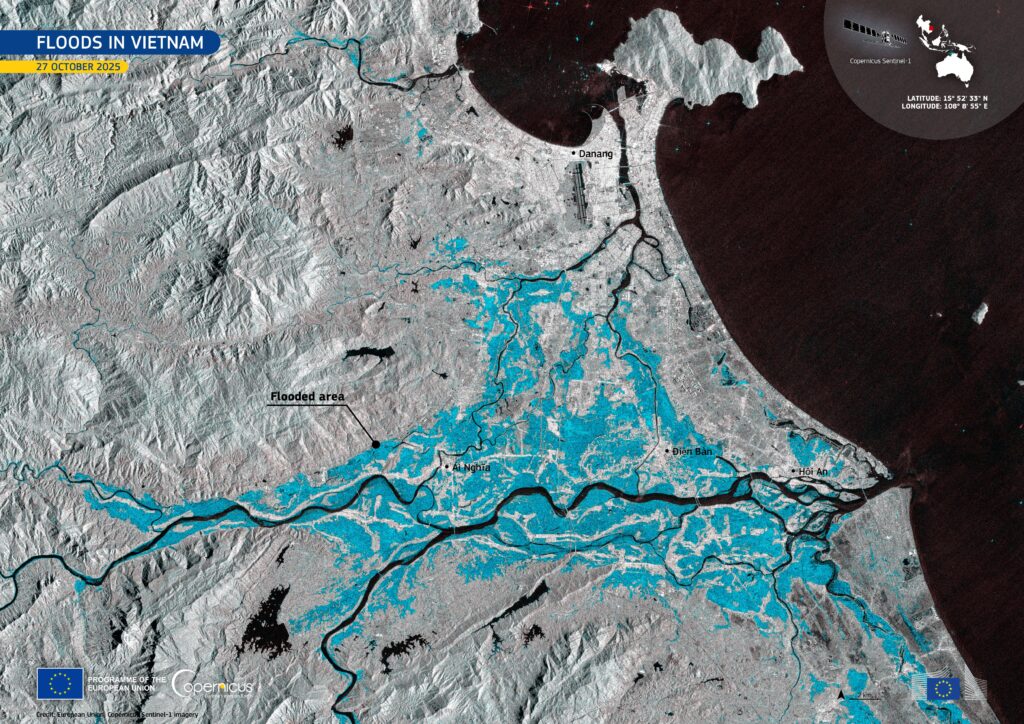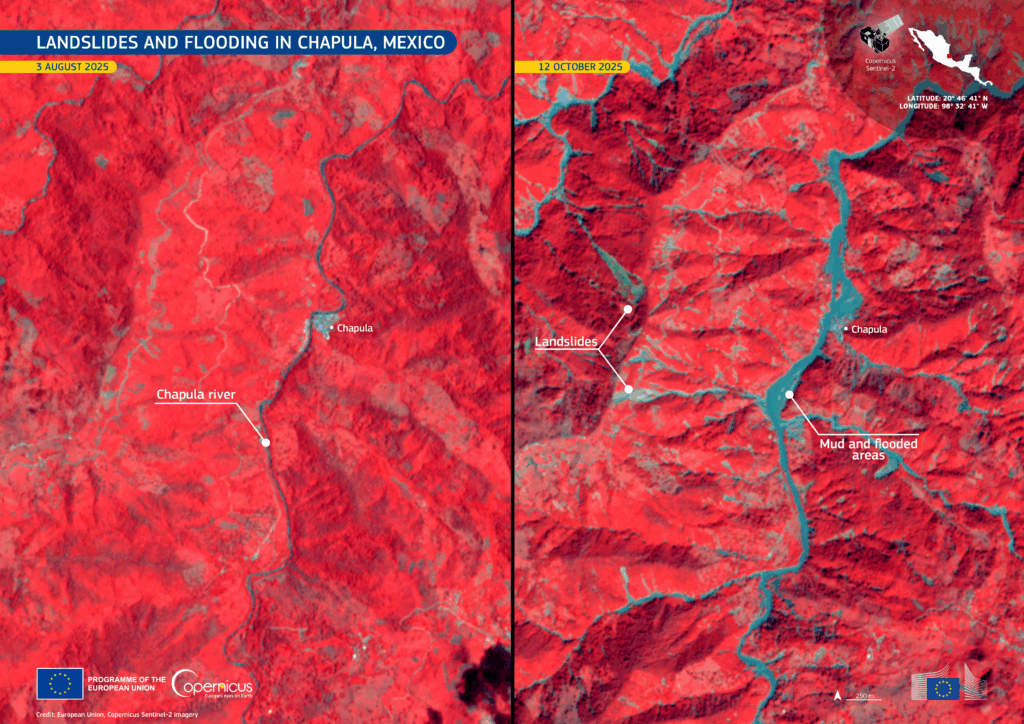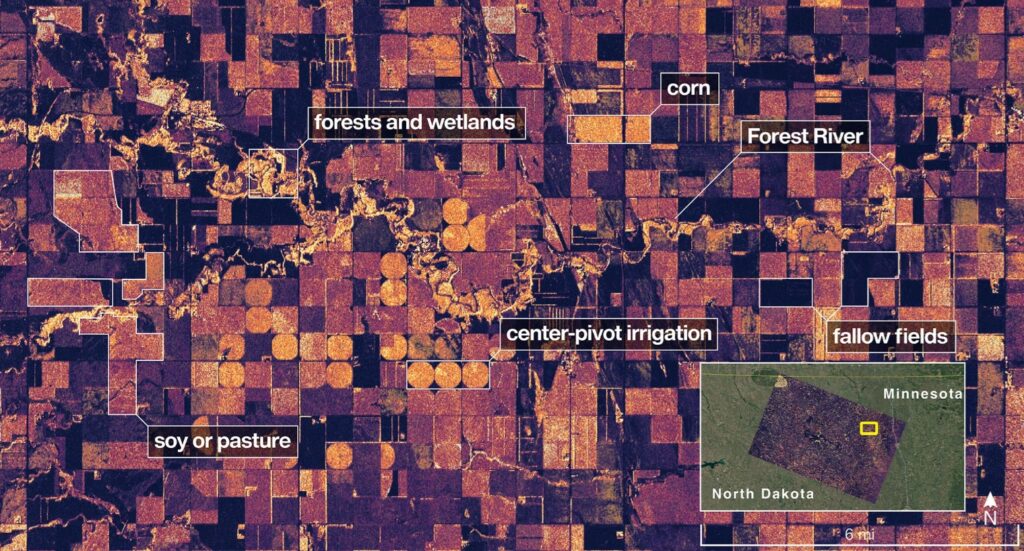This image captures the Spitzkoppe, a striking formation of bald granite peaks located in the Namib Desert of Namibia. Namibia, the driest sub-Saharan country, is highly vulnerable to desertification, with 92% of its land classified as semi-arid, arid, or hyper-arid. The country receives only 350 mm of rainfall annually, resulting in limited vegetation and increased susceptibility to soil erosion. Deforestation for agriculture and urban expansion, along with overgrazing on southern plains, accelerates land degradation. Climate change further worsens the situation, as rising temperatures and decreasing rainfall lead to more frequent and severe droughts, intensifying desertification.
The impacts of desertification in Namibia are severe, affecting both the environment and its people. Food insecurity is a growing concern due to failed crops and livestock losses. Health issues, including respiratory problems from dust storms and diseases from contaminated food and water, are also on the rise. Economically, the country faces significant challenges, as around 70% of the population depends on agriculture for their livelihood. Land degradation already costs Namibia approximately $1.6 billion annually, representing 19% of its GDP, exacerbating poverty and threatening long-term economic stability.

